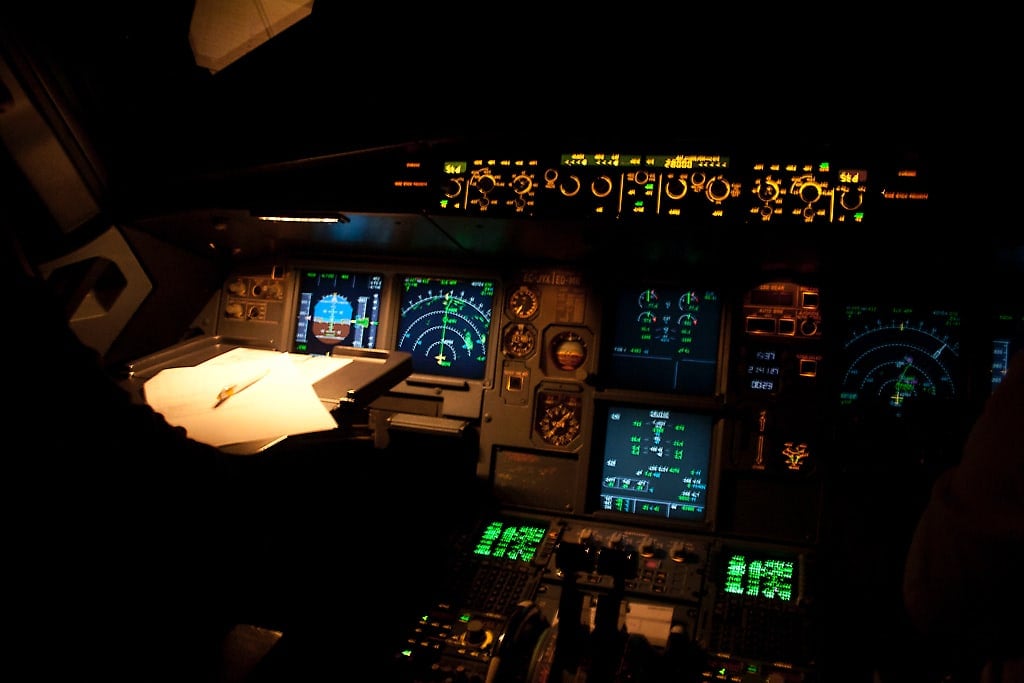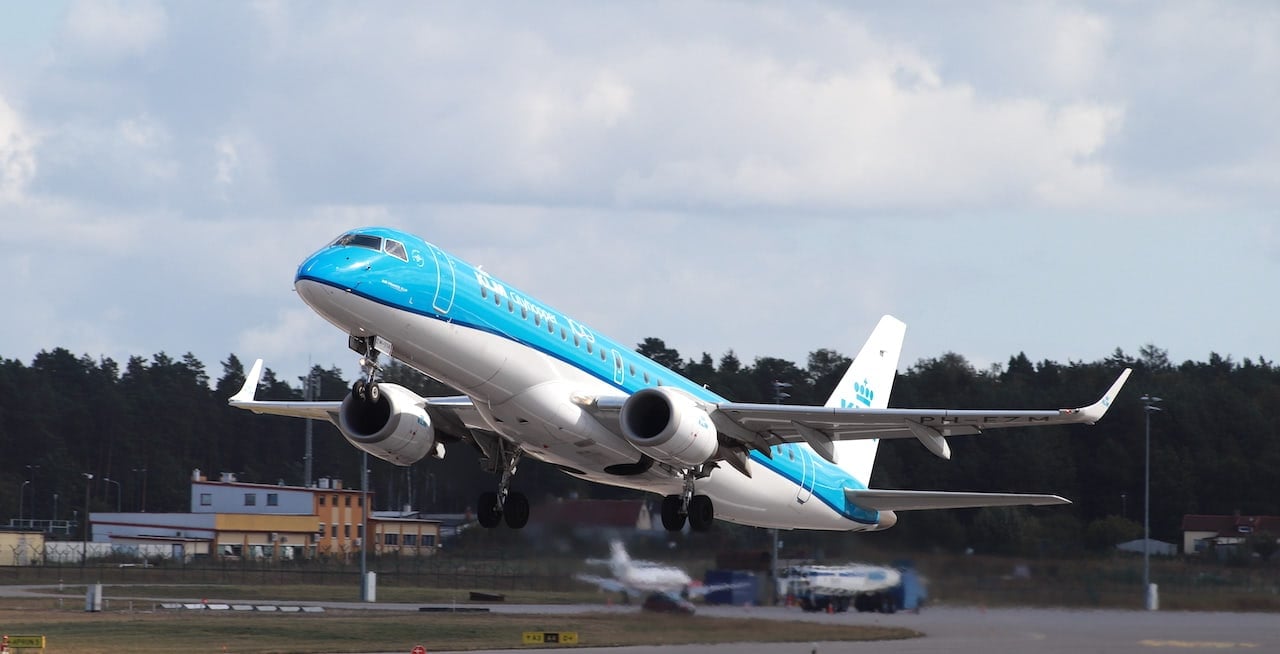A Diamond DA40 NG takes off at the airport of Granada (2000 ft elevation) doing an instrumental departure towards the Bailen VOR.
According to the navigation departure, it must ascend to 13000 feet. The rate of ascent is 1000ft/min and the speed of the aeroplane is of 100 knots.
If shortly after take off the controller advises of a tailwind of 20knots, when will TOC be reached?
In this exercise, to calculate TOC, the first thing to do is work out the vertical distance to which the aeroplane has to ascend to. To do so, we subtract the altitude of the airport of origin (2000ft) to the total altitude the aeroplane must go up to (13000ft). The result is 11000 feet.
The next step is to calculate how long it will take to reach this distance. If we have a vertical speed of ascent of 1000ft/in, the DA20 will take 11 minutes to ascend 11000 feet.
Finally, we calculate the horizontal distance the aeroplane will go to reach the Top of Climb. In this case, if the speed of the aeroplane is 100 knots and there are 20 knots of tailwind, the speed with respect to the ground will be 120 knots. Our DA40 will be going on for 22 nm (nautical miles).
How did you like this example? It was quite an easy one. In real life, factors such as the difference between pressure at the airport and standard pressure or the deviation of temperature with respect to the ISA atmosphere come into play.
Calculating TOC correctly is essential, though, for flight planning.





